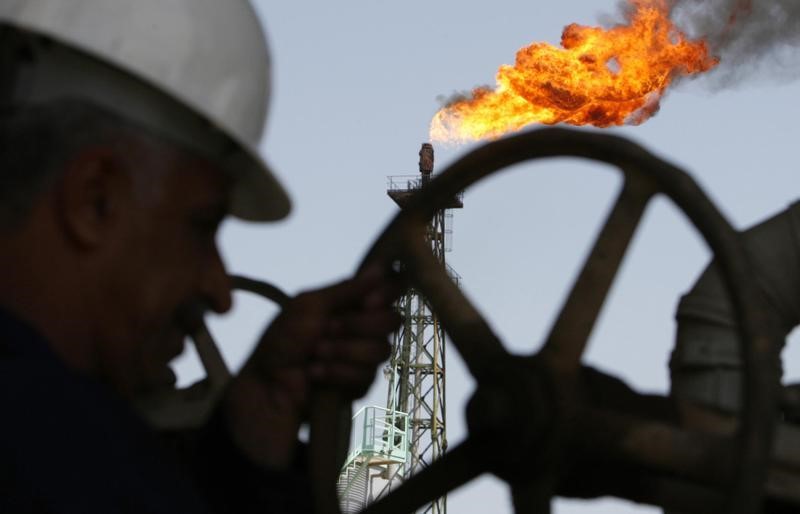* U.S. crude inventories are falling despite rising output
* Asia is showing signs of stronger demand in H2 2017
* In sign of tighter market, Brent curve shifts into backwardation (Adds backwardation in 8th paragraph, chart, updates prices)
By Henning Gloystein
SINGAPORE, Aug 18 (Reuters) - Oil prices dipped on Friday as part of a broad-based selloff across markets and despite signs that crude markets are gradually tightening.
Brent crude futures, LCOc1 the international benchmark for oil prices, were at $50.99 per barrel at 0520 GMT, down 4 cents from their last close. Brent is set for an over 2 percent drop this week.
U.S. West Texas Intermediate (WTI) crude futures CLc1 were at $47.06 a barrel, down 3 cents. WTI is also set to drop for the week, down some 3.5 percent.
The dip in oil prices occurred amid a selloff across markets, including U.S. and Asian stocks, where investors voted with their feet amid growing scepticism that U.S. President Donald Trump, embroiled in controversy, would achieve his economic agenda. overall softness in financial markets added to the perception that oil supply remains higher than demand despite producer efforts to reduce output. The Organization of the Petroleum Exporting Countries (OPEC), together with non-OPEC producers like Russia, has pledged to restrict output by 1.8 million barrels per day (bpd) between January this year and March 2018.
"Sentiment in oil markets remains weak," U.S. investment bank Jefferies said.
Oil is declining even amid signs that crude markets are tightening.
The Brent forward curve 0#LCO: has moved from contango into backwardation, where prices for immediate delivery are higher than those later on, for the three months of futures. A so-called backwardated market is considered a bullish sign for prices since it indicates that demand is outpacing supply. of supply tightness are also appearing in the United States, the world's biggest oil consumer. Despite a 13 percent jump in production C-OUT-T-EIA since mid-2016 to 9.5 million bpd, the country's commercial crude inventories C-STK-T-EIA have fallen 13 percent from their March records to below 2016 levels.
On the demand side, Asia in particular could see some stronger crude orders going into the second half of the year.
Driven by the start-up of a refinery in Yunnan province in southern China and the completed expansion of a fuel processing facility at Huizhou, Chinese crude oil imports are expected to pick up.
"We expect Chinese crude imports to increase by 700,000 bpd y-o-y (year-on-year) on average in 2H 2017," energy consultancy FGE said.
New oil demand is also coming from Vietnam, which will see record crude oil imports in August as it readies its second refinery for start-up. domestic crude production continues to fall, Vietnam's historical surplus in crude oil will come to an end by 2019, turning the country into a net importer," said Peter Lee, oil analyst at BMI Research.
<^^^^^^^^^^^^^^^^^^^^^^^^^^^^^^^^^^^^^^^^^^^^^^^^^^^^^^^^^^^ GRAPHIC: U.S. oil production and storage
http://reut.rs/2i87u6z GRAPHIC: Brent forward price curves January vs August
http://reut.rs/2fR5grj
^^^^^^^^^^^^^^^^^^^^^^^^^^^^^^^^^^^^^^^^^^^^^^^^^^^^^^^^^^^>
